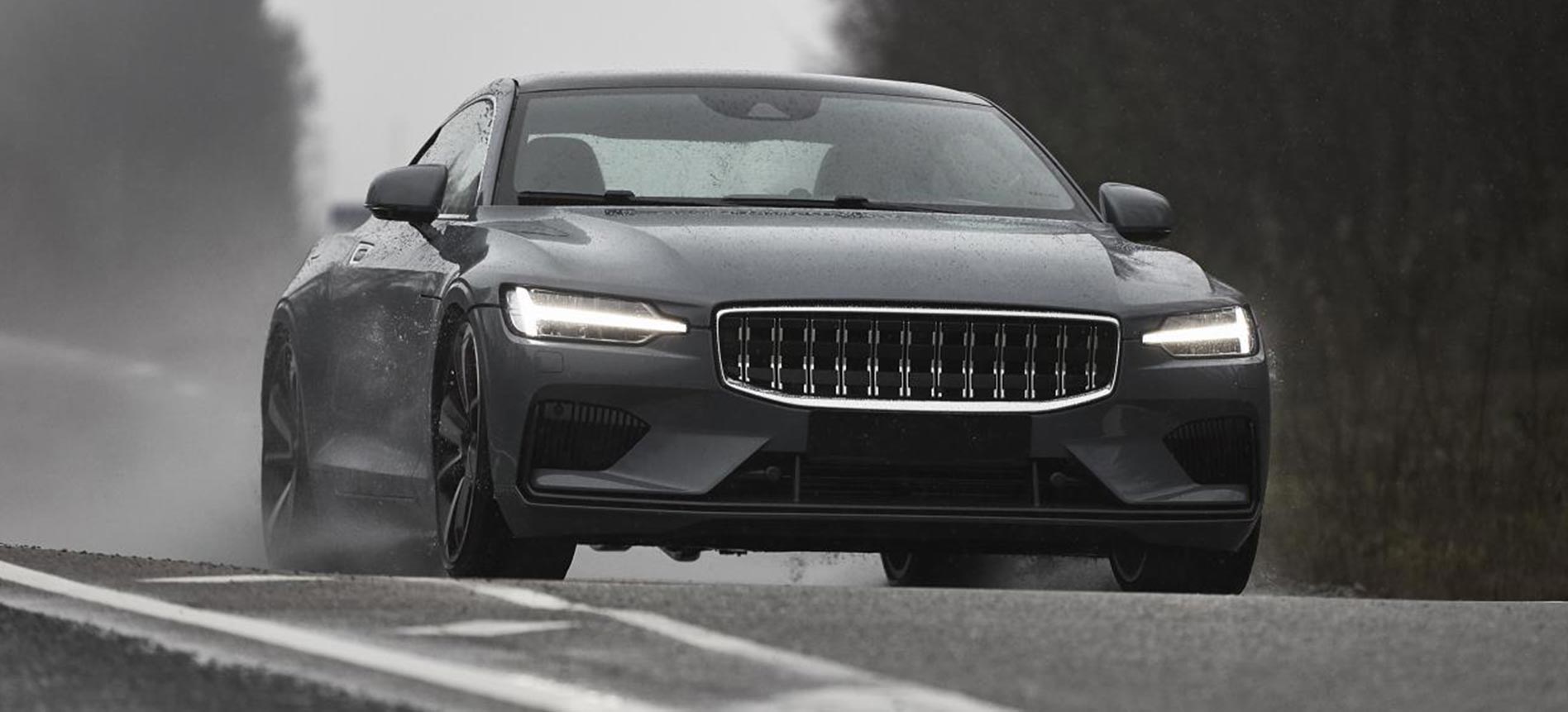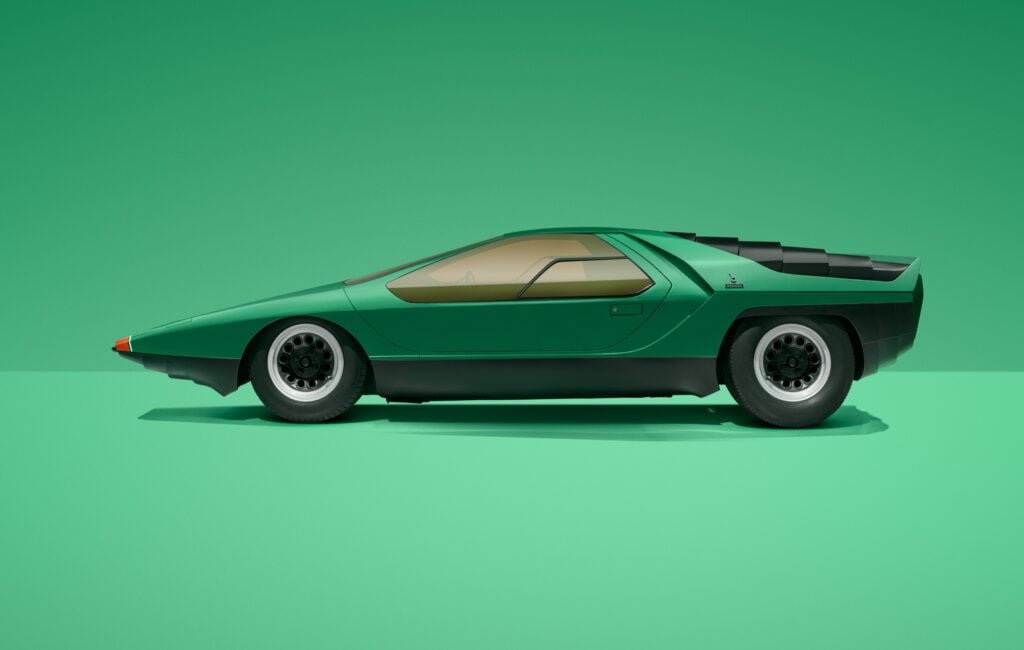Plug-in hybrids get a bad rap. The problem with PHEVs, according to the naysayers, is their electric driving range is poor compared with a proper EV, and when the battery’s done, the internal combustion engine the uses more fuel than it should lugging around the dead weight of a slumbering EV powertrain. PHEVs are the worst of both worlds, they insist.
They’re wrong.
Polestar 1 is a simple name for a complex premise. Designed to be a fast, continent-crushing grand turismo that’s also able to waft through congested cities on smooth, silent electric power, it has a plug-in hybrid powertrain comprising a 2.0-litre internal combustion engine that is both supercharged and turbocharged, and three e-motors – one at the crankshaft, and one at each of the rear wheels – delivering a total system output of about 460kW and 1000Nm of torque.
This sublimely elegant coupe rolls on a shortened version of the Chinese-market Volvo S90L platform, and borrows the internal combustion piece of its powertrain from the T8 version of that car. Packaged into the platform are three battery packs with a total capacity of 34kW/h.
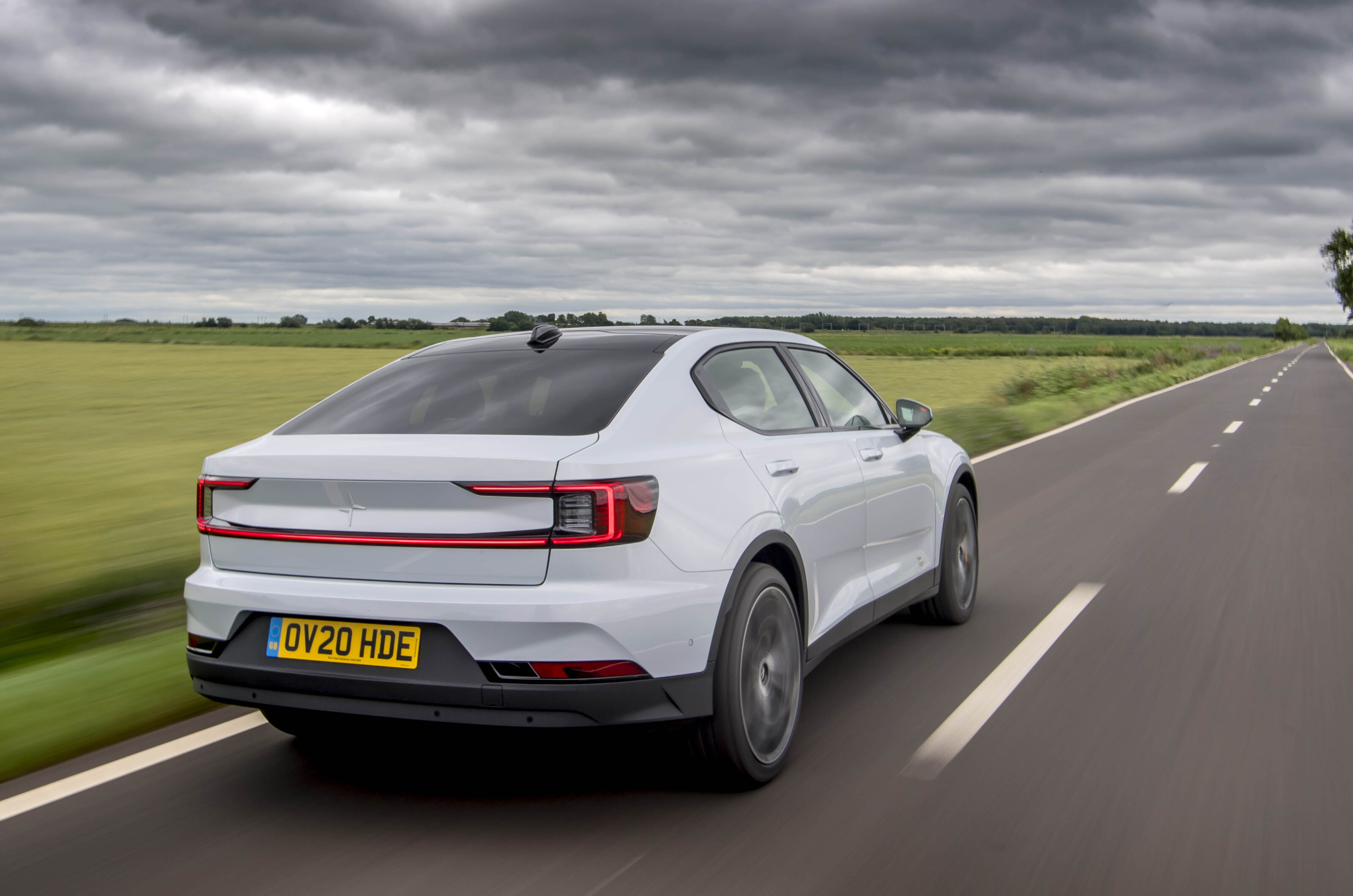
The Polestar 1 is quick – 0-100km/h takes about 4.0 seconds, and it’ll easily peg 250km/h on an autobahn. It handles well, too. Active torque vectoring, achieved via the e-motors at the rear wheels, endows the Polestar 1 with incredible front-end grip from corner entry to mid-turn, and superb traction from the apex once you get back on the throttle. For a car weighing 2350kg, it turns in with alacrity and punches hard out of corners, and it’s all achieved with remarkably little fuss.
Polestar 1 is designed to be a fast, continent-crushing grand turismo that’s also able to waft through cities on smooth, silent electric power”
Fast, comfortable and discreetly glamourous, the Polestar 1 is the sort of car today’s Simon Templar would drive. But the banality of everyday driving is where it proves the worth of a properly sorted PHEV.
A 430km day trip from home in London to the Midlands and back saw the Polestar cover the first 107km, tiptoeing through heavy stop-start city traffic and then cruising at 120km/h on the motorway, on pure electric power. It averaged 6.3L/100 for the whole journey.
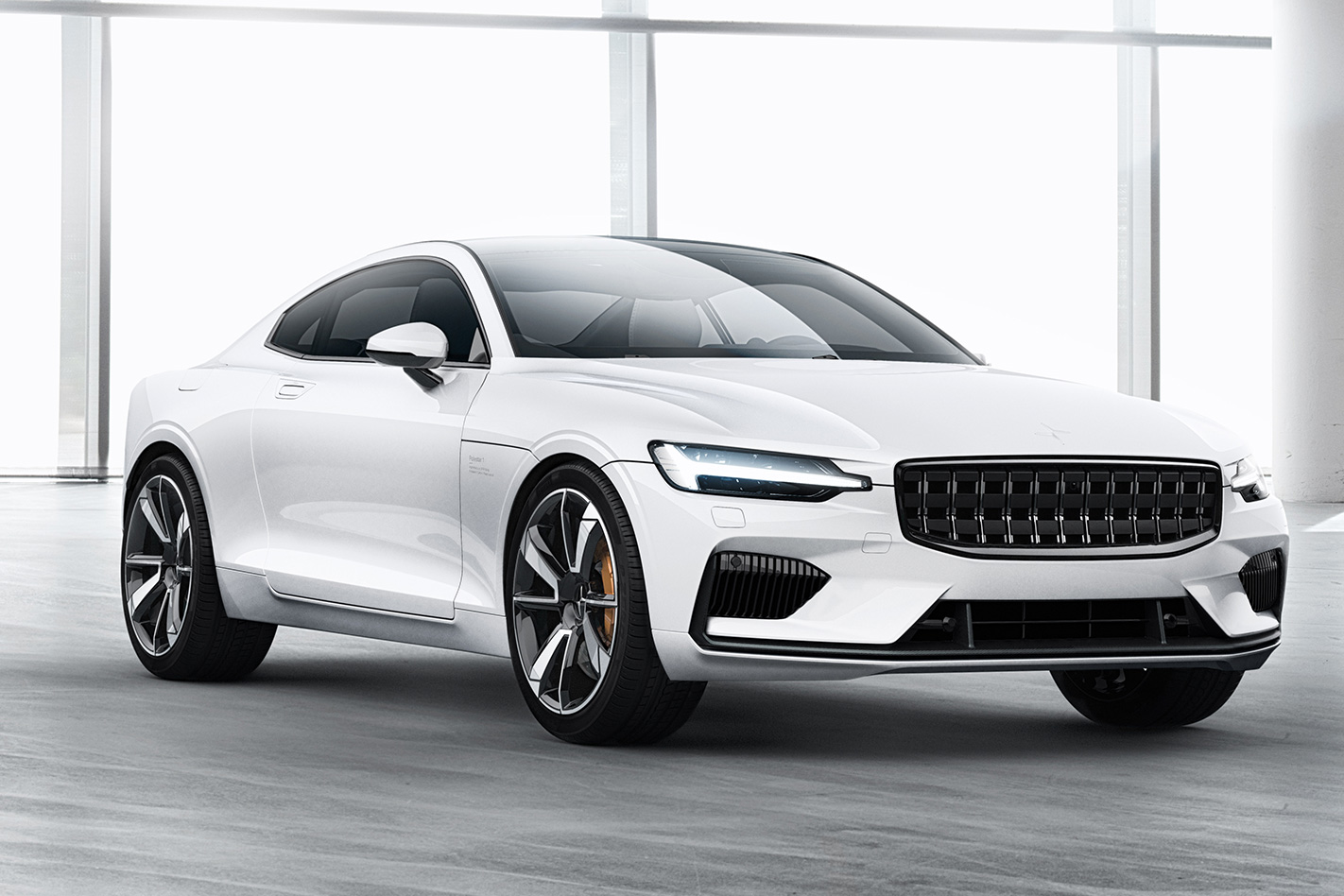
The next day, after recharging the battery overnight, I went see friends in Surrey, a round trip of just over 100km. The internal combustion engine never fired up. Average fuel consumption had dropped to 5.0L/100km, and the 60-litre fuel tank was still half full.
That got me thinking: if I suddenly had to trade our Mercedes C-Class diesel wagon – which has averaged 5.0L/100km over the past 6500km – then a PHEV with 50 to 100km of electric driving range would be an intriguing alternative; a viable halfway step to going full electric. It would deliver the range and flexibility I need for quick 400-500km day trips out of London, something current EVs and today’s charging network can’t guarantee, while enabling clean and efficient e-running on the crowded streets around home.
No, a PHEV isn’t perfect. But then, no car is. Or ever has been. The trick is figuring out how to optimise the compromises to best fit your needs. An electric vehicle, with zero exhaust emissions, makes sense if you drive in crowded cities and urban areas. If you cruise long distances, the much-maligned diesel, which is extremely efficient at constant throttle, remains a good option. I do both. And, as the Polestar 1 proved, that’s a duty cycle for which a PHEV, right now, is anything but the worst of both worlds.
We recommend
-
 News
NewsEV and PHEV sales rise as state and territory governments introduce subsidies
June sales data shows EV sales are up almost 200 per cent on last year, setting a new monthly record
-
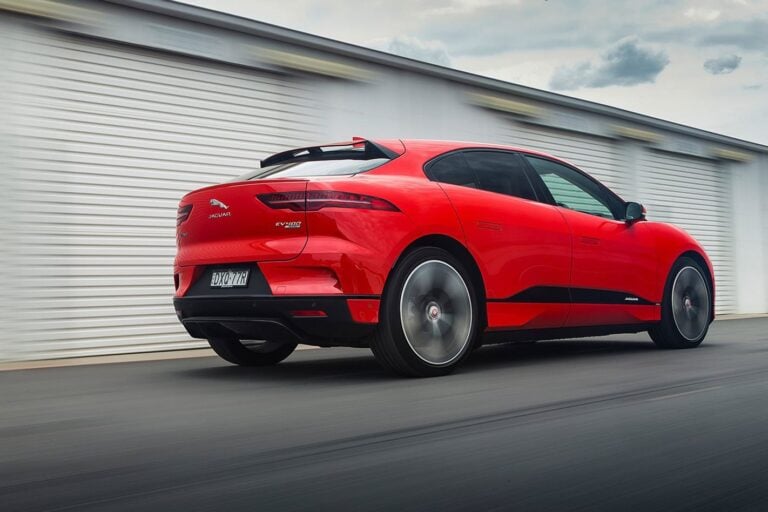 Advice
AdviceElectric SUVs for the environmentally-conscious
Got an affection for the environment yet have a family to haul? Here’s the rundown on the greenest electrically-motivated SUVs available in Australia
-
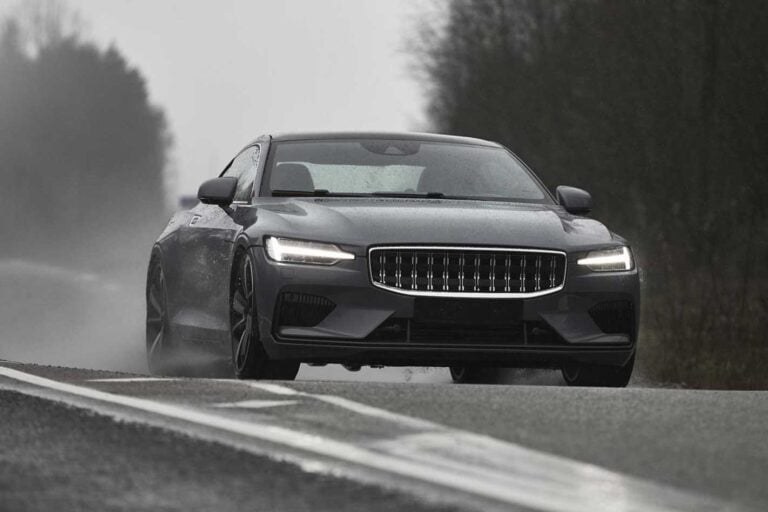 Reviews
Reviews2020 Polestar 1 review
Swedes ready high-tech hybrid Bentley hunter


